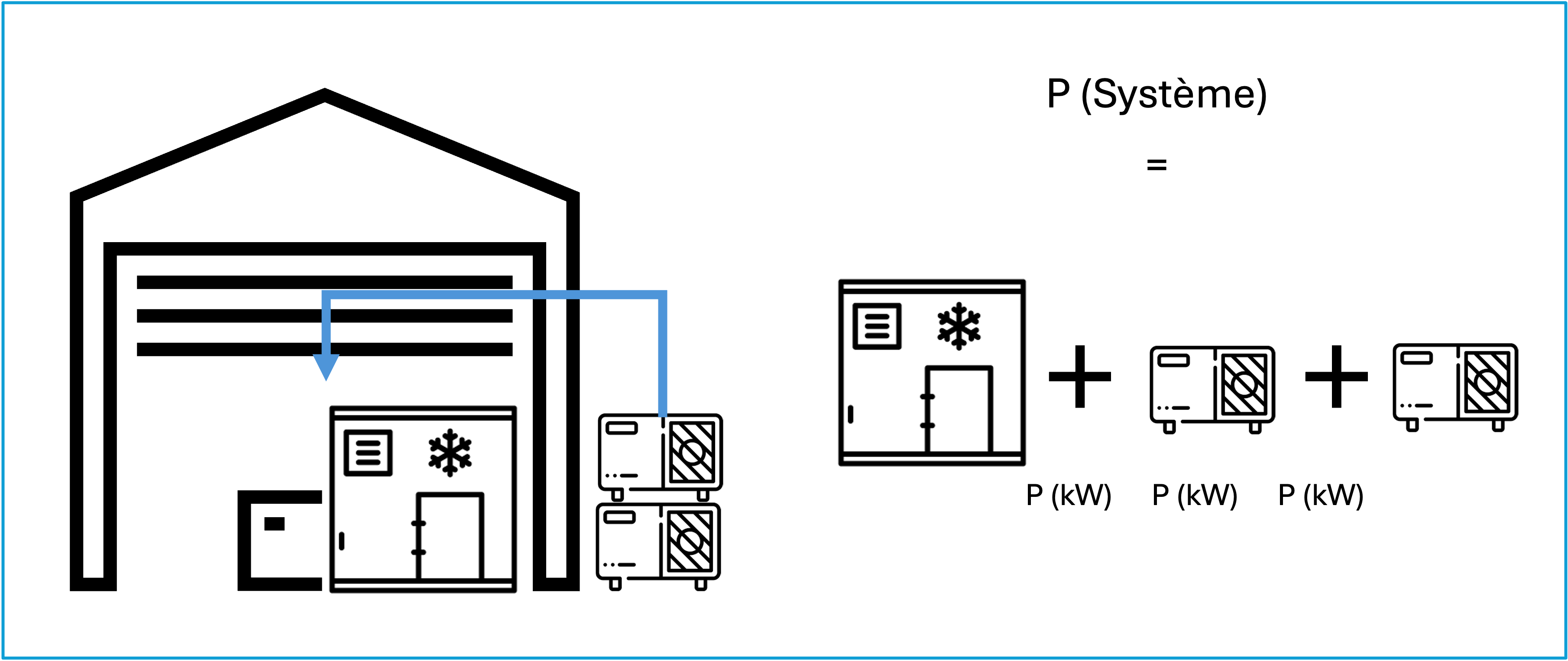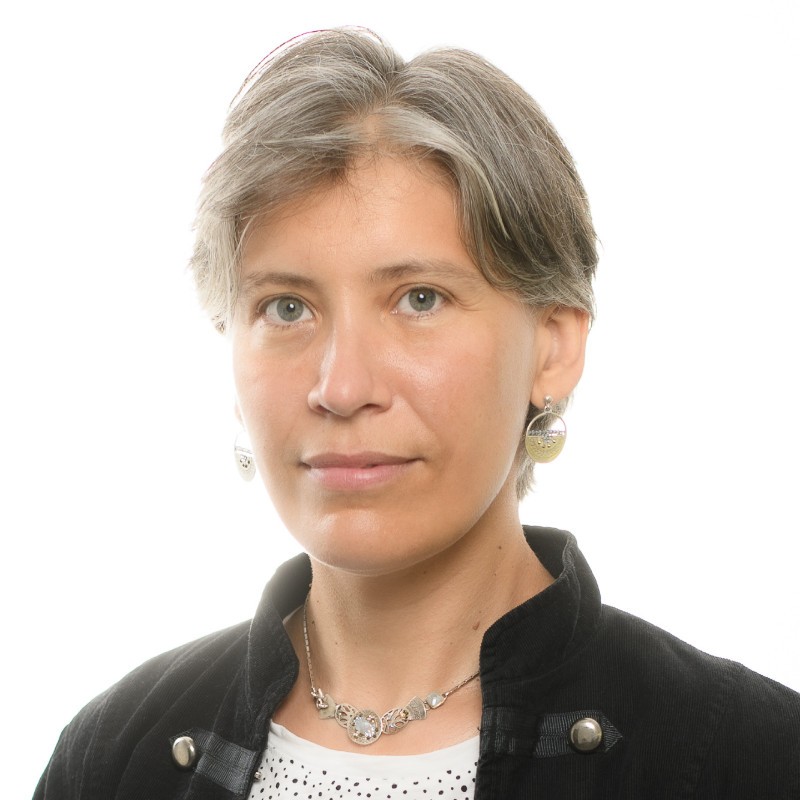As a reminder, thermodynamic systems existing on January1, 2020 must benefit from :
- Maintenance every 2 years when their power is between 4 and 70kW (1st maintenance to be carried out before July1, 2022), and at the latest within two years of replacement or installation.
- Or an inspection every 5 years when their output exceeds 70kW (1st maintenance to be carried out before July1, 2025), and at the latest within 5 years of replacement or installation of the system. If the system is subject to inspection, it is not subject to maintenance.
- And a heating, ventilation and air-conditioning booklet (HVAC booklet) for systems over 70kW. This booklet contains all the data relating to the system, irrespective of the power of the individual units connected, and must be presented at the time of inspection.
What is a thermodynamic system?
It's a system that uses a thermodynamic cycle to transfer heat between the surrounding environment and a building or industrial application, in order to heat or cool the indoor air.
The most common thermodynamic equipment/systems are :
- Heat pump (PAC),
- Air conditioner
- Server room air-conditioning cabinet
- DataCenter cooling
- Cold room
- Cold storage
These examples are not exhaustive. They can be found in offices, cleanrooms, laboratories, computer servers and warehouses. Boilers are not included, as they are covered by other inspection obligations.
For what purpose?
Cooling or heating of indoor air (thermal treatment of an area in which a person is present). Industrial processes that do not treat ambient air will not be concerned (e.g.: cooled electrical cabinets connected to a production machine, drying tunnels, water cooling systems for processes).
How do I calculate the power of my system?
By aggregating the heating and cooling capacities of all the equipment in a building, with no minimum threshold. Several thermodynamic machines delivering cooling or heating in the same building are therefore considered as a single system.

Please note that the power ratings of apartment systems belonging to different owners are not cumulative.
What power rating should I take into account if my equipment heats or cools?

This is the higher of the heating and cooling capacities of the thermodynamic system, as declared by the manufacturer and measured under the nominal performance conditions defined in EN 14511. These data are generally indicated in the equipment's technical documentation.
Who can carry out the interviews?
A qualified person(II de l'article 16 de la loi n° 96-603 du 5 juillet 1996 )
Who can carry out inspections?
Since January1, 2025, only an accredited body can carry out these periodic inspections.
Is this 5-year periodicity adaptable? Are there any exemptions?
Yes, this can be extended to 10 years, if the site's activity is covered by a certified energy management system compliant with the ISO 50001 standard and this includes the thermodynamic system.
There are two exemptions to the periodic inspection requirement:
- if the system is covered by an energy performance contract (CPE) that meets the criteria set out in the decree of July 24, 2020. In this case, the owner is also not required to have an HVAC logbook (although it is recommended to centralize data relating to the system).
- If the site is ISO 50001 certified and its activity is mainly dedicated to cold storage.
What content?

Is there a link between periodic inspection and the obligations of the BACS decree?
TheBACS decree applies to systems that distribute cold and heat in certain buildings, and aims to optimize their energy performance by installing a supervision system, known as an "automation and control system". The threshold for mandatory installation, set at 70kW, is also based on the cumulative power of the equipment present dedicated to the building. However, only tertiary buildings are to be taken into account, and boilers must be included in the calculation.
For more information on the BACS decree, please consult our newsletter on the subject: https: //hse-reglementaire.com/pilotage-des-systemes-techniques-des-batiments-plus-dencadrement/
What about mixed systems (ambient + industrial application)?
Ifthe general rule does not allow you to easily rule on these obligations, the Ministry's FAQ can answer some of your questions:


.svg)
.png)


